Selkirk's Inception
The author of Selkirk: The First Hundred Years, Barry Potyondi, described the town’s inception as “Born of the railway and nurtured by the sea.” Both facts wax poetically of two economic influences that led to the development of the town. In 1876, three early speculators, Dr. John Christian Schultz, Samuel L. Bedson and A. G. B. Bannatyne all hoped Selkirk would be on the transcontinental main line making it a potential hub of trade and industry. When this was not to be, Bedson and Bannatyne turned their investments toward Winnipeg. Schultz and some local entrepreneurs pushed Selkirk from being an isolated settlement on the banks of the Red River into a true frontier town. Hundreds of people from “down East” came to the growing townsite in search of their own success. With a boom town mentality, land prices increased quickly, as did the demand for services.
The Inner Road, which was eventually named Eveline Street, began as a dirt trail that followed the river bank. As more settlers arrived in larger numbers it soon became apparent that significant profits could be made by providing the daily staples, building materials, transportation and lodging. A business district grew at the intersection of Eveline Street and Manitoba Avenue. It was close to the waterfront and conveniently served major industries like fishing, timber processing and shipping. From about 1883 to 1910, this dusty business district with its false-fronted buildings and wooden sidewalks contained five general stores, two butcher shops, a bakery, a drug store, a blacksmith shop, two flour mills and feed stores, a livery stable, two stationery and book stores, a printing office and two hotels.
Lisgar House
The first hotel was the Lisgar House (219 Manitoba Avenue) followed by the Merchant’s Hotel (383 Eveline Street) and then joined by a third competitor, the Eveline Hotel (384 Eveline Street). All three were in close proximity to each other and the docks and offered accommodation to weary travelers and railway, timber, and ship workers. James O’Donohue built the white clapboard Lisgar House Hotel in the 1860’s. In 1887, Mr. O’Donohue and a partner, Mr. McLaren had it renovated into a first-class hotel offering the “best wines, liquors and cigars, splendid table board and excellent beds” for $1.00-$1.50 per night. It had stables and a carriage house where two-wheeled carts and buggies were stored on the top of the building. As Selkirk grew, a lack of public meeting space became apparent, so in 1888 a hall was added above the carriage house. In 1889, Mr. O’Donohue and a new partner, Mr. Martin imported shade trees that were planted down Eveline Street. In 1907, the Lisgar House was sold to Mr. Eastwood for $22,000, torn down in 1908, and then immediately rebuilt in 1909. It was insured and rebuilt. In 1916, defective wiring resulted in a night blaze in the pool room at the back. The damage was repaired again. Mr. Ed Crerar operated and managed the hotel until the 1960’s. Mr. and Mrs. H.B. Cuffe took it over in 1966 and changed the name to the Lisgar Hotel Company Ltd. After decades of use it would be demolished leaving no trace. The Selkirk Motor Hotel and Roxy’s Uptown Café currently occupy the land where the Lisgar Hotel once stood.
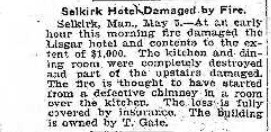
The Merchant Hotel
Dr. John Christian Schultz (1840-1896) owned Although claiming to be a physician and surgeon even though he had little or no medical training, Schultz was more of a speculator and businessman. In 1894, he sold the Merchant’s to Charlie Sheldon. Sheldon would have the original building moved back so that the corner lot could be used to construct a new and more auspicious Merchant’s hotel.
It was built in 1904 by a renowned Winnipeg architect, Samuel Hooper, of Hooper Marble Works. His work included St. Mary Cathedral, the Exchange Building, the Carnegie Libraries, the Winnipeg Law Courts, and various courthouses throughout the province. Hooper used unskilled manual laborers who were paid by the day to construct the three-story hotel of wood frame and buff brick. It had decorative brickwork along the roof line and each of the third-floor windows were topped with an arch made of tapered stone called a voussoir.
Although built as a hotel to provide lodging, food, and drink, it also contained a space for a Bank of Montreal, a barbershop, and a pool room on the main floor. It also had an elaborate staircase leading to the second-floor guest rooms. The Merchant’s Hotel may not have equaled the grandeur of other Hooper edifices, but in Selkirk, its presence across the street from the Trader-Dominion Bank anchored the business district. The new hotel opened in 1904, but Sheldon died shortly thereafter, leaving his widow to sell it in 1906.
Ownership of the Merchant’s Hotel changed several times and it was renovated and remodelled throughout its history. In 1951, it was purchased by Theodore and Nicholas Jaworski, Fred Smado and Michael Hykawy who moved from Morris, MB where the Red River flood of 1950 had damaged their hotel. At the grand re-opening of the Merchant’s the four partners were pictured dressed in white tuxedo attire showing great pride in their new business venture.
The daughter of one owner, Maureen Wallace (nee Jaworski) recalled the whole family attending Notre Dame church on Sunday mornings and then going to clean the hotel to get it ready for another busy week. It was a true family business. She said that her parents found managing the hotel difficult especially when dealing with unruly patrons, but it was the work they knew best. The Jaworski’s owned the Merchant’s until 1960, then they sold it and purchased a hotel in Moose Jaw, SK.
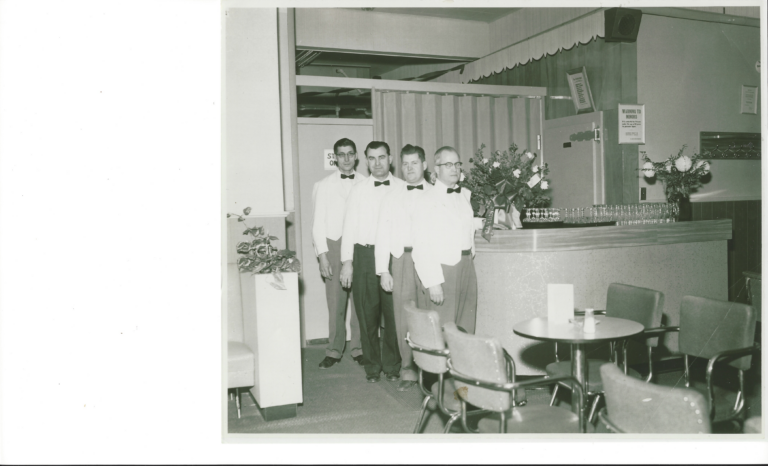
The Eveline Hotel
The Eveline Hotel (384 Eveline Street) was located directly across the street from the Merchant’s. Little was ever written about the Eveline, but it appears in early photos of Selkirk. It was a Canadian Pacific hotel, although not on the CP line and not designed with the same iconic grandeur as other “chateauesque” hotels in the CP chain. It was originally built with a hip roof and dormer windows, but that roof was eventually removed and made flat. Sadly, it burned to the ground in a late-night fire in 1982 killing a permanent resident, Stephan Dodiw. The Gordon Howard Seniors Centre is currently built on the site of the Eveline Hotel.
In Manitoba’s early years it was illegal for anyone to sell alcohol to the Indigenous. The ominous presence of Stony Mountain Penitentiary just west of Selkirk should have been enough of a deterrent, but not so. Greed and opportunism were powerful forces that wedged open the back doors of various businesses where bootlegging liquor was a common practice.
For some drinkers, solace was either found in illegal moonshine, or in legal beer and spirits at one of the men-only beer parlors in the hotels. Beer parlors provided a place where men would get local news and learn of world events like the progress of the First World War. In time, the flow of both legal and illegal liquor contributed to significant social ills. The local newspaper reported noisy, drunken brawls on the street between the hotels with upward of twenty-five to thirty men involved and braying drunks in the streets at night.
Women dared not venture out after dark for fear of assault. The three hotels became better known for their liquor and cigars in their beer parlors and less for providing room and board to weary travelers. Rooms were commonly rented by the month to locals.
The negative effects of decades-long untethered alcohol consumption would erode family life and cultural strengths, as well as unfairly take advantage of the Indigenous leaving them without land or promise. Eventually, tighter restrictions to public drunkenness lessened the outward appearance of drunken debauchery, but the perils of alcoholism in the region persisted.
The End of Two Hotels
Neither the Lisgar nor Eveline hotels remain. But the Merchant’s still stands on the corner of Eveline and Manitoba as it has for over 100 years. Today it casts a more positive light by offering accommodations for weary travelers to the Selkirk area are now available in newer hotels and motels.
Selkirk's First Three Hotels Collection
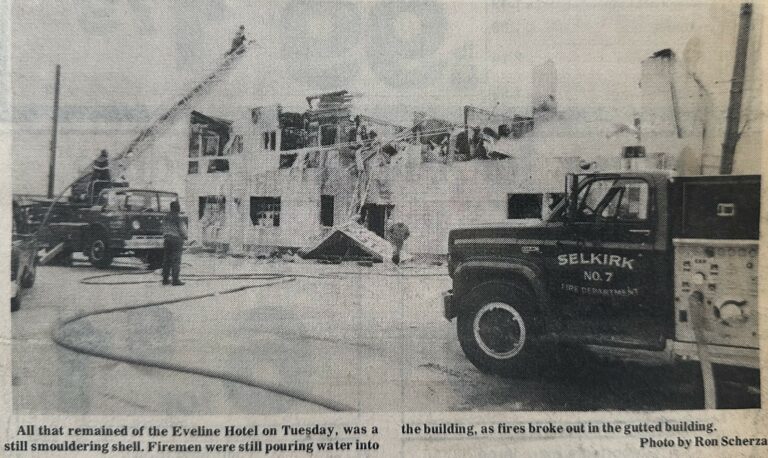
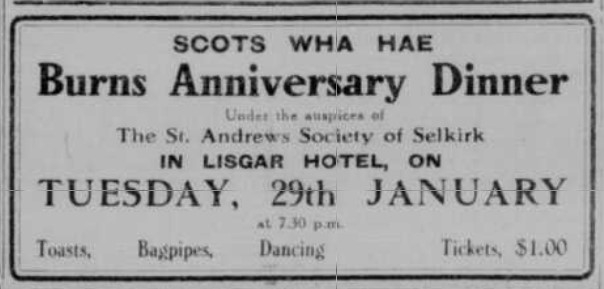


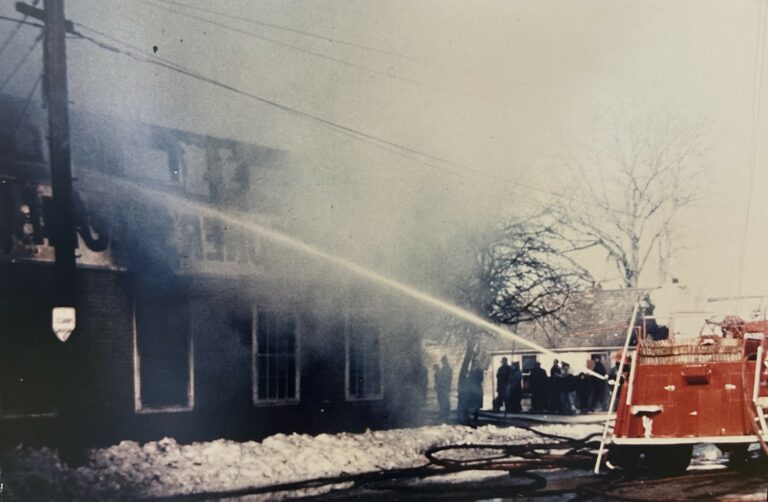
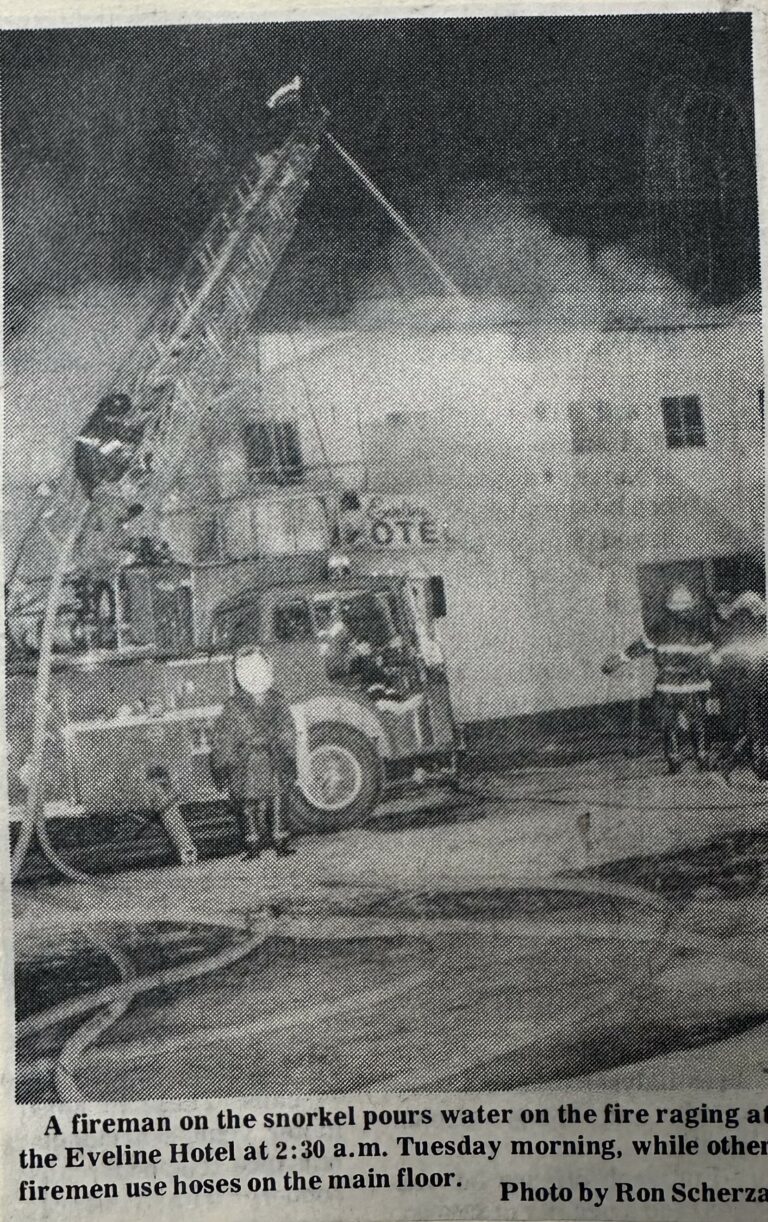
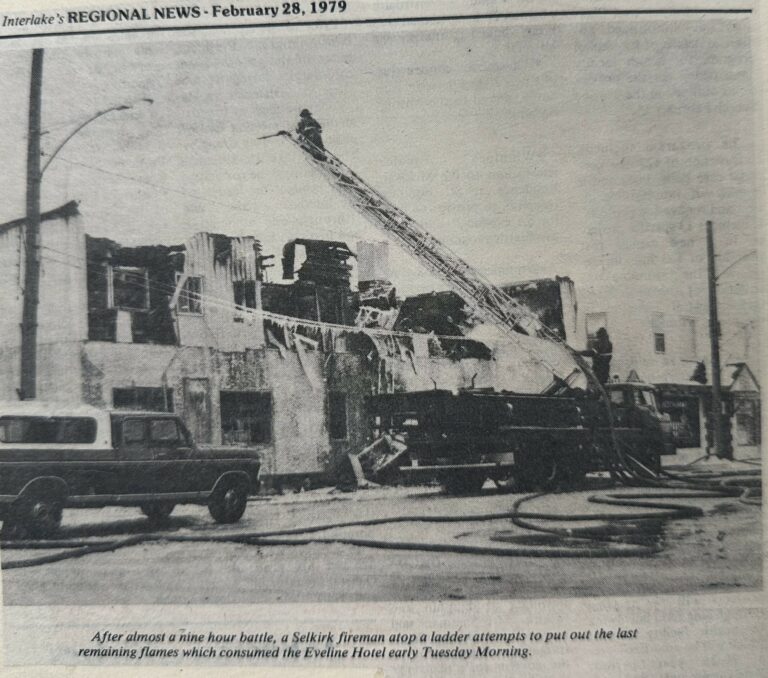





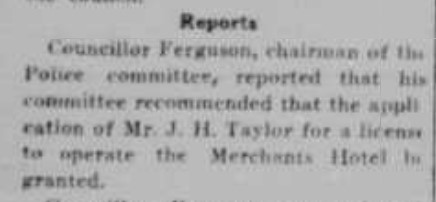
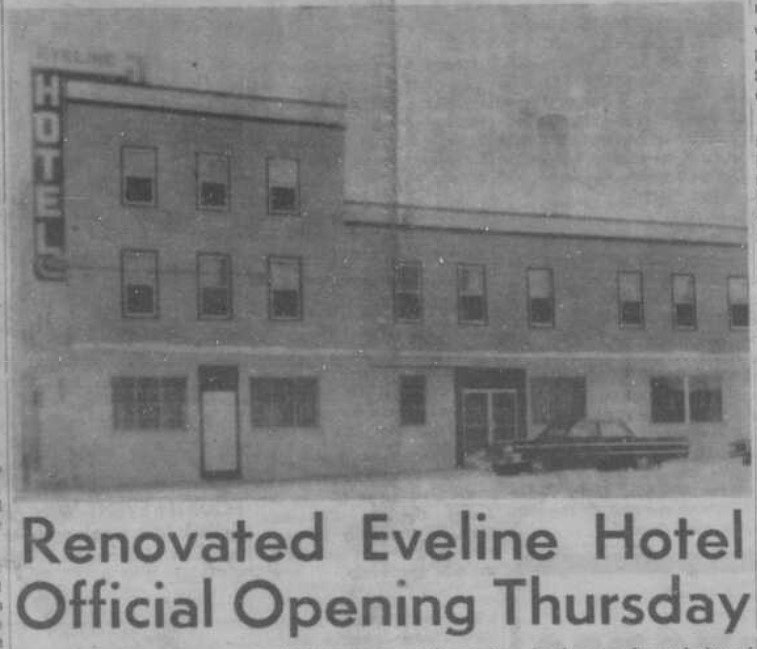
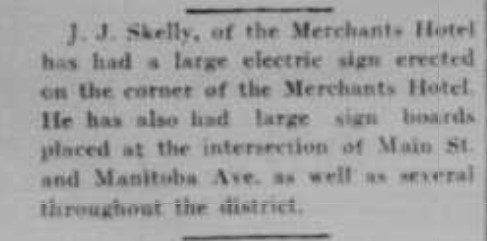

Sources
Barry Potyondi, Selkirk: “The First Hundred Years”, (Winnipeg: Josten’s/National School Services), 1981
Manitoba Historical Society: Merchant’s Hotel
“The Selkirk Record and Canadian Fishing Gazette,” August 13, 1897, Vol. XII, No. 33.

